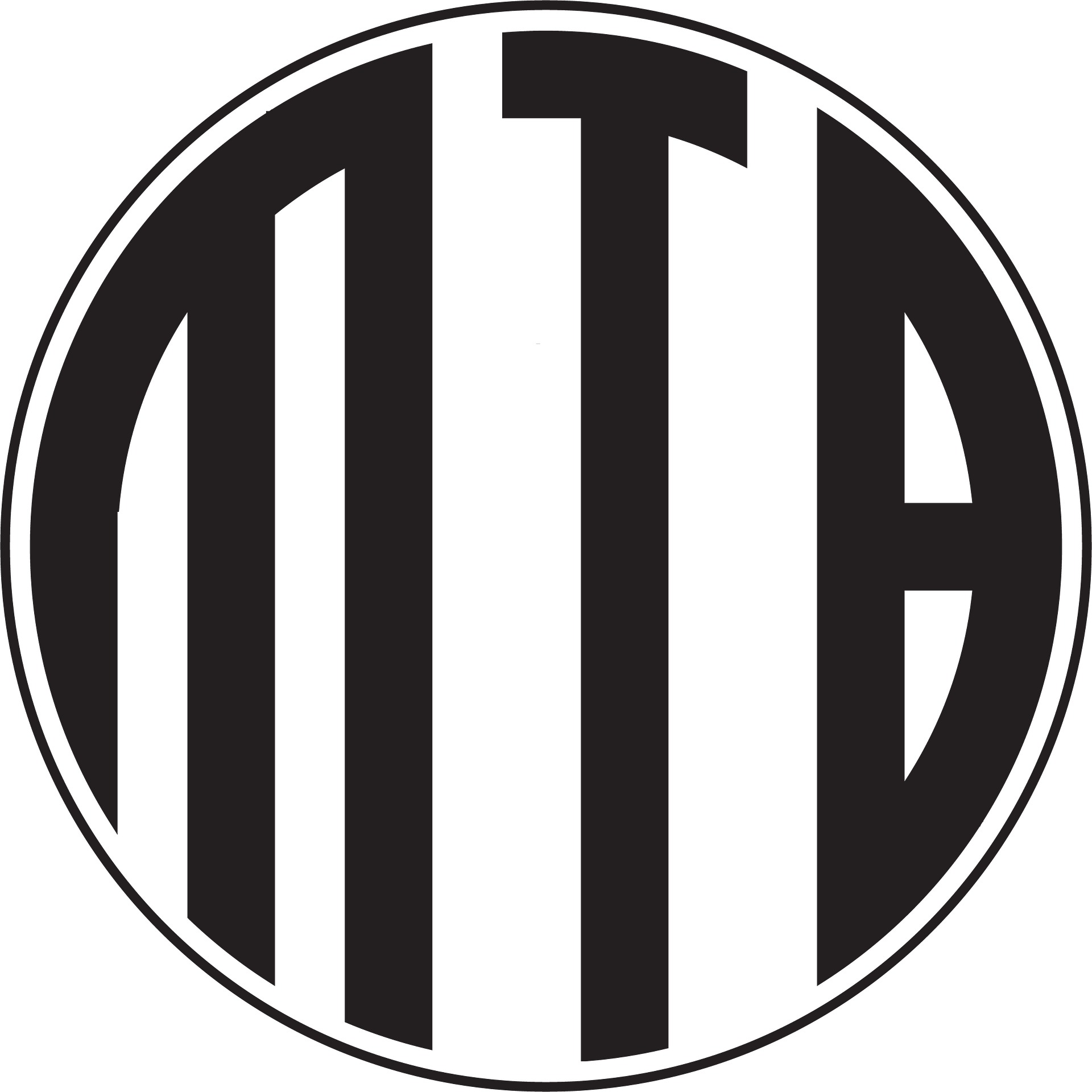Imagine sending the exact same email to every single person on your list – a new subscriber, a loyal customer, someone who hasn’t opened an email in months. It’s like speaking a generic greeting to a room full of individuals with different backgrounds and interests. The result? Low engagement, ignored messages, and wasted effort. This is where customer segmentation comes in. By dividing your email list into smaller, more targeted groups based on shared characteristics, you can craft highly relevant and personalized messages that resonate with your audience, leading to significantly improved email marketing results. Let’s explore how to leverage customer segmentation to transform your email strategy.
Why Generic Emails Fall Flat:
- Irrelevance: Sending irrelevant content leads to disengagement and unsubscribes.
- Missed Opportunities: You can’t tailor offers or information to specific needs.
- Lower Engagement: Generic emails often have low open and click-through rates.
- Wasted Resources: Sending mass emails to uninterested subscribers drains your time and budget.
The Power of Customer Segmentation:
Customer segmentation involves dividing your email list into smaller groups (segments) based on shared characteristics. This allows you to send more targeted and personalized emails, leading to:
- Increased Engagement: Relevant emails are more likely to be opened, read, and clicked.
- Higher Conversion Rates: Tailored offers and information are more likely to drive sales and bookings.
- Improved Customer Loyalty: Personalized communication makes customers feel understood and valued.
- Reduced Unsubscribes: Sending relevant content keeps subscribers engaged and less likely to opt-out.
- Better ROI: Higher engagement and conversion rates translate to a better return on your email marketing investment.
Key Ways to Segment Your Email List:
- Demographics: Age, gender, location, income, education. (Useful for broad targeting).
- Purchase History: Past purchases, frequency of purchase, average order value. (Great for product recommendations and loyalty programs).
- Website Activity: Pages visited, content downloaded, time spent on site. (Helps understand interests and intent).
- Engagement Level: Open rates, click-through rates, last activity date. (Essential for re-engaging inactive subscribers).
- Lead Magnet Downloads: Specific resources they’ve downloaded indicate particular interests.
- Skin Concerns/Preferences (for Skincare): Oily skin, dry skin, anti-aging interests, specific treatment interests. (Highly relevant for skincare businesses).
- Stage in Customer Journey: New subscriber, lead, active customer, churned customer. (Allows for tailored messaging at each stage).
How to Implement Customer Segmentation:
- Define Your Goals: What do you want to achieve with your email marketing (e.g., increase sales of a specific product, drive more bookings for a certain treatment, re-engage inactive clients)?
- Identify Relevant Segments: Based on your goals and your business, determine the most valuable ways to segment your audience. For a skincare clinic, segmenting by skin concern or past treatments could be highly effective.
- Collect the Right Data: Ensure you are collecting the necessary information from your subscribers through sign-up forms, website tracking, and purchase history.
- Choose an Email Marketing Platform with Segmentation Capabilities: Most reputable email marketing platforms (e.g., Mailchimp, Klaviyo, ActiveCampaign) offer robust segmentation tools.
- Create Your Segments: Use the data you’ve collected to create your targeted lists within your email marketing platform.
- Craft Targeted Content: Develop email content that speaks directly to the needs and interests of each segment.
- Personalize Your Emails: Use merge tags to personalize emails with subscriber names and other relevant data.
- Test and Analyze: Track the performance of your segmented campaigns to see what’s working and optimize your strategy.
Examples of Segmented Email Campaigns for a Skincare Clinic:
- Segment: Subscribers who downloaded an “Acne Treatment Guide.”
- Email Content: Information on specific acne-fighting treatments offered at your clinic, success stories, special offers on acne-focused products.
- Segment: Clients who previously booked a “Hydrating Facial.”
- Email Content: Information on maintaining hydrated skin, new hydrating product recommendations, seasonal offers on hydrating treatments.
- Segment: Inactive subscribers who haven’t opened an email in 3 months.
- Email Content: A “We Miss You!” email with a special discount or a highlight of recent popular content.
Conclusion:
Moving beyond generic email blasts and embracing customer segmentation is a game-changer for your email marketing success. By understanding your audience and sending them relevant, personalized messages, you’ll see higher engagement, increased conversions, and stronger customer relationships. Take the time to segment your list and watch your email marketing ROI soar.
Call to Action:
Ready to unlock the power of personalized email marketing? Contact MTB Digital today for a free consultation and let us help you implement effective customer segmentation strategies for your business.

